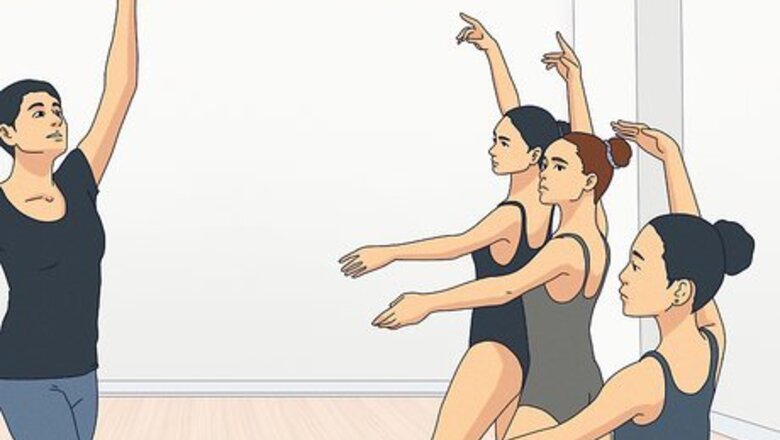
views
Getting Dance and Performance Experience
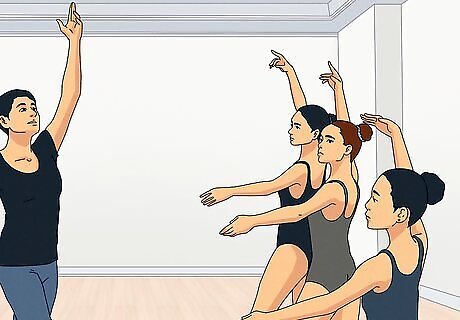
Take a wide variety of dance classes. Since you don’t know what type of dancing will be required of you for every audition, it’s best to familiarize yourself with all different types. Take classes in ballet, jazz, hip hop, contemporary, and more so that you’re ready for anything. If you’re not sure where to start, enroll in a ballet class. Ballet is a good foundational class that will help you in all other types of dance. By taking dance classes each week and staying in shape, you’ll be ready to perform at any time.
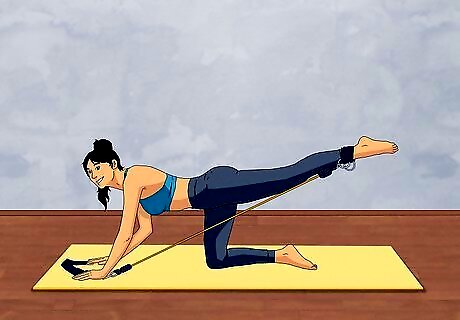
Start cross training to increase your skills. It can be super helpful to do other forms of exercise and training to improve things like your flexibility, endurance, and strength. Take a yoga class, go for a long swim, or spend a few hours at the gym each week to make yourself even stronger. Pilates is another great activity to help improve your dance skills. Biking and weight lifting are also good ways of cross training. Cross train 2-5 times a week for 30 minutes to an hour each time.
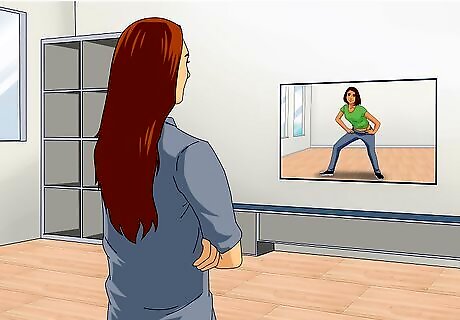
Practice learning dance routines quickly for auditions. During auditions, you’ll have to learn and then perform a dance routine. To get better at picking up on choreography quickly, watch the first 4 counts of a routine and then immediately try to replicate the moves yourself. Once you know these moves, learn the next 8 counts, and so on. Look at dance routine tutorials on YouTube to practice learning different types of choreography. Pay careful attention to the dancer's footwork as you're watching the routine, as well as their arm placement.
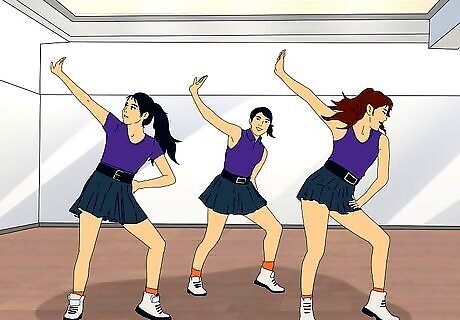
Get performance experience to prepare you for backup dancing. This will help you adjust easily to dancing on a stage when you become a backup dancer. Dance onstage in recitals if you're part of a dance class, or try out for a dance team to get lots of experience performing in front of crowds. Check to see if your school or local community center is putting on a talent show that you can participate in. Join a school drama club or community acting program to get used to performing in front of the public.
Finding Auditions
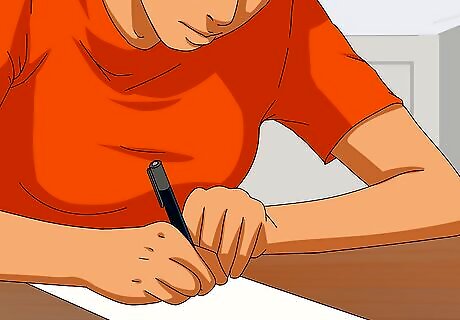
Create your dance resume. Your dance resume is very similar to a regular job resume—it should contain all of your previous experience related to dance. Provide the information for any other dance-related jobs you’ve had, as well as any dance training or degrees you’ve acquired. Format the resume like a normal job resume, including your work experience and special skills. If you danced in a commercial or movie, this would go on your dance resume. State whether you went to a dance school and the names of dance studios where you’ve trained.
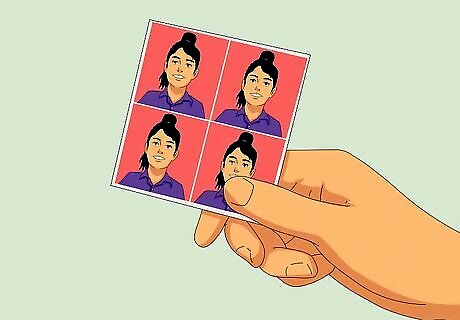
Take professional-looking headshots. You’ll need to submit a headshot when you go to audition so that they get a good idea of your features. Ask a professional or a friend with a nice camera to take the photos, concentrating on your face. Smile naturally in the picture, and try to keep any clothing and backgrounds incredibly simple—you want the viewer to only focus on you. If you choose to wear makeup in the headshot, keep it natural-looking. Go for a natural pose with your body leaning in towards the camera just a little bit.
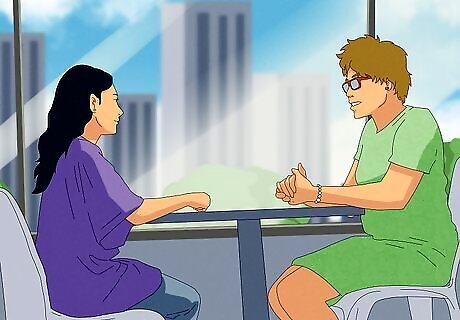
Get an agent to help you discover opportunities. Seek out dance or talent agencies in your area to see if they’d be willing to work with you. Do a quick online search to find talent agencies near you, and reach out to them over phone or email to ask if they're taking new dancers. Send them your dance resume and headshot, and you can also send them a video of yourself dancing. An agent will know of dance audition opportunities in the area and will be able to connect you with people that you wouldn’t otherwise have known. Talent agents are often judges in competitions, so if you participate in dance competitions, this could be a great way to meet an agent. Visit the talent agency's website to see if they take submissions or have an open call date.
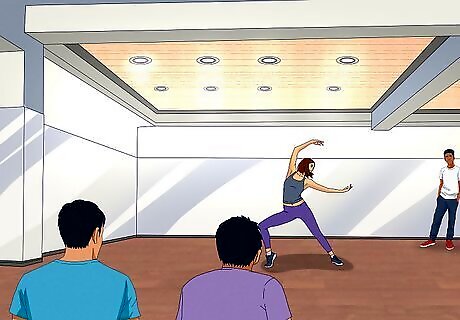
Attend both open calls and private auditions. Your agent will be able to help you navigate open calls and private auditions, and open calls may be easier to find yourself as they’re open to the public. If you don't have an agent, do a quick online search to find open calls for dance in your area, or ask your dance studio if they know of any open calls coming up. Open calls are auditions where any dancer can come and try out, meaning there will be lots more people competing for the job. Websites like Backstage post open calls for dancers. For a private audition, you’re asked to come in and audition with a smaller group of people; the best way to get these auditions is through connections. Even if you’re super nervous or don’t think you’ll get the job, go to the audition!
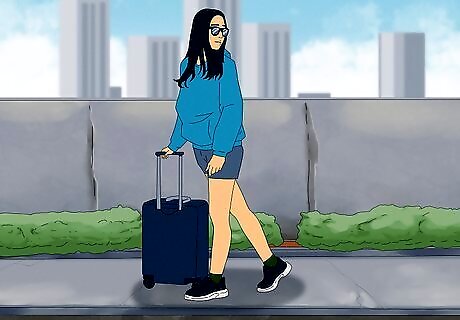
Consider relocating to a larger city for more dance opportunities. If you’re not having any luck finding auditions, it could be that your city just doesn't have a lot of backup dancing opportunities. Think about moving to a larger city where dance is a main focus. Places like Los Angeles or New York City are popular spots for dancers as there are lots of audition opportunities. If you can't move to an entirely new city, consider commuting to a large city near you to find auditions.
Landing Dance Gigs
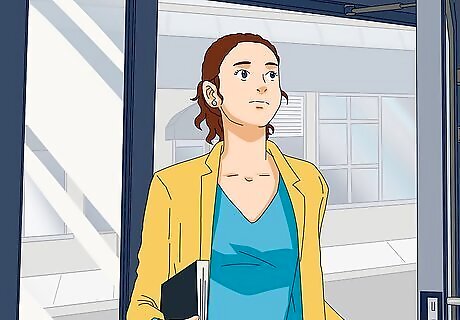
Arrive to the audition on time and prepared. Bring any necessary paperwork, such as your resume, headshot, and personal information. It's helpful to research the company or artist who's holding the audition so you have an idea of what they're looking for. Arrive early to the audition to be sure you don't miss it. If you’re not sure what you need to bring with you to the audition, ask your agent or an audition contact what you’ll need.
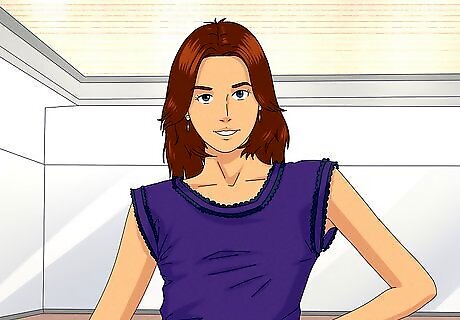
Show confidence through your body language during the audition. If you’re super nervous and doubting yourself throughout the audition, it’s going to show in your dance moves and body language. Even if you have to pretend a little, radiate confidence through your body language as soon as you step through the doors to the audition by keeping your shoulders back, holding your head high, and walking gracefully. Smile and pour your energy into your movement. If you're super nervous, take deep breaths to help you relax your body.
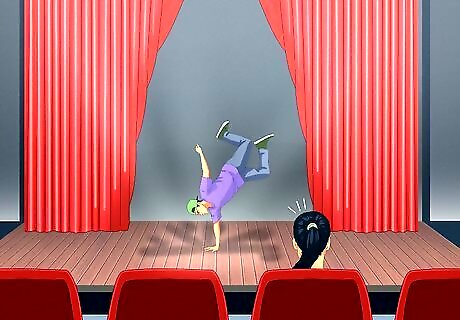
Make an impression by performing unique dance moves. While it’s important to be great at learning choreography, the audition is also the time to express your personality and show your own unique moves. Be ready to put your own twist on choreography if asked, and practice a few dance moves that will make you stand out from everyone else. You may be asked to freestyle during the audition, which is a great time to show how unique you are as a dancer with your own moves. When dancing freestyle, choose hip hop-inspired moves or dance in a ballet fashion—just listen to the music and let your body naturally move according to the beat.
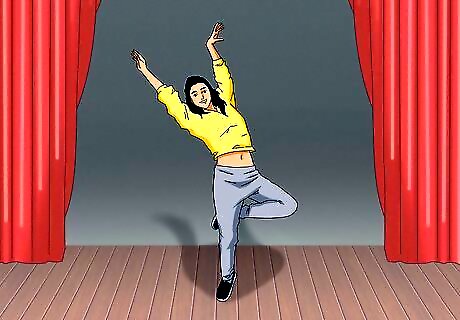
Put all of your best effort and energy into the audition. When you dance, do your absolute best and bring all of your energy, focus, and skills to the dance floor. If you put everything you have into the audition, you should leave without regrets whether you get the job or not. It helps to pour all of your emotions into your movement to express great energy and passion. If you tend to become a shy dancer when under pressure or in front of others, try to exaggerate your movements so that they look more purposeful and energetic.
Expanding Your Network
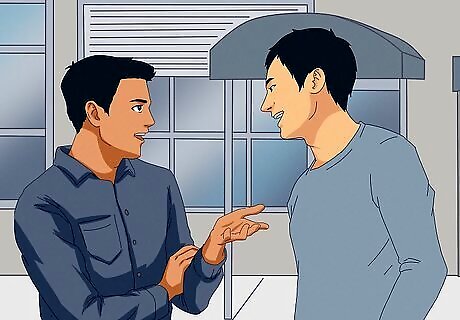
Befriend other dancers to find out about auditions. This is the best way to find out about potential backup dancing opportunities, as these people will be scoping out potential opportunities as well. Get to know the people in your dance classes as well as the people you run into during auditions so that you create a network of great contacts. Strike up a conversation with someone during a dance class, or invite someone in a dance class to practice a routine with you.
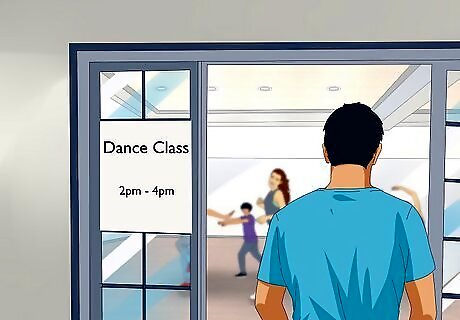
Attend dance classes at other studios or cities for more exposure. Instead of only dancing at one studio all the time, try attending a new class at another studio or taking a trip to another city to visit a dance studio there. This will expose you to different dance environments, movements, and people. People you meet in different cities can be great dance contacts in the future, so make sure you get their contact information, such as their name and cell number or email address.
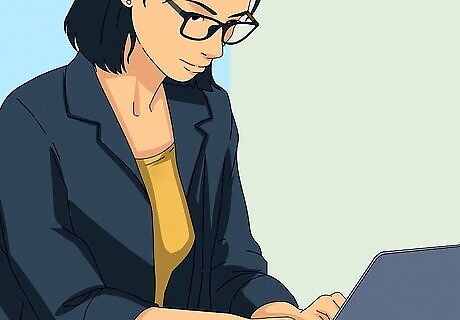
Create a social media page to promote yourself. Use social media such as Instagram or Twitter to get your name out there as a dancer. Creating a social media platform will allow you to post pictures and videos of your dancing so that potential employers or agents can find you. Post your headshot and pictures of you rehearsing on Instagram or tweet what you’re currently working on on Twitter.
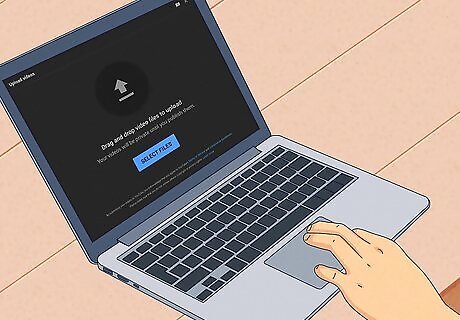
Post videos of yourself dancing to exhibit your skills. This is the best way to show everyone your skills as a dancer. Once you’ve polished up a dance routine, record yourself dancing and upload it to a site like YouTube. By making your videos easily viewable and accessible, more people will be able to see them. Use a nice video camera as opposed to just a phone camera for better quality. Give the video a clear title, such as, "Contemporary Dance Routine," and try to keep the video under 4 minutes.
















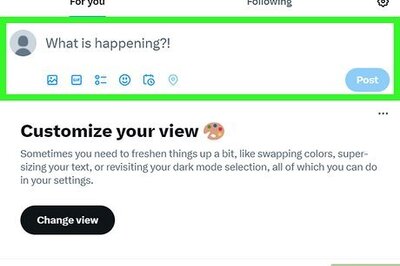
Comments
0 comment